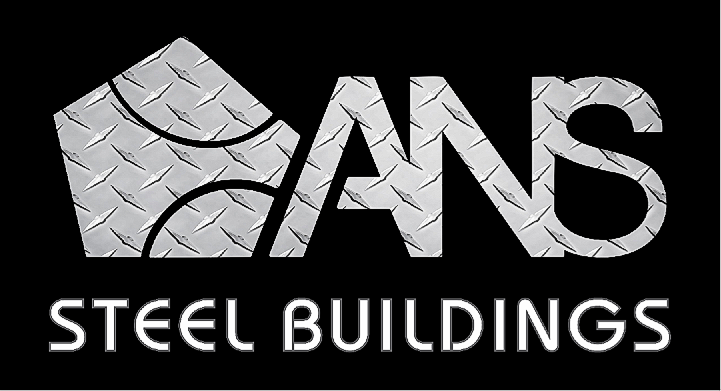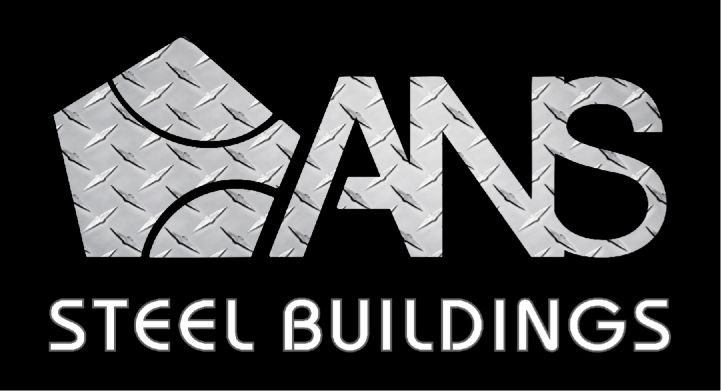
11 Ways Metal Buildings are Built to Withstand Extreme Weather
Metal buildings are known for their durability and strength, and they are the go-to choice for industrial, commercial, and also residential or barndominium construction. The metal building's capacity to survive severe weather is one of the main causes of this. Metal buildings are made to withstand any severe weather, including hurricanes, high winds, snowfall, and heavy rain. We'll go through 11 strategies for protecting metal buildings against extreme weather in this blog post.
Quality Materials
One of the primary reasons metal buildings can withstand extreme weather conditions is the quality of the materials used in their construction. High-quality steel, which is exceptionally robust and long-lasting, is generally used to construct metal buildings. Also, because of its resistance to corrosion, this steel can tolerate prolonged exposure to rain and other elements without rusting or degrading.
Durable Construction
One of the main reasons that metal buildings can withstand extreme weather is their durable construction. Metal buildings are constructed using high-quality materials and are engineered to withstand harsh environmental conditions. They are built to last and can withstand high winds, heavy rain, and even snow loads.
Snow Load
In areas that receive heavy snowfall, metal buildings are an excellent choice. They are designed to withstand the weight of snow, which can accumulate on the roof and cause damage to traditional buildings. The high-strength steel used in metal buildings is also resistant to bending, which means it can support the weight of heavy snow.
Foundation Strength
The strength of a building's foundation is critical when it comes to withstanding extreme weather conditions. Metal buildings are built on strong foundations that are designed to withstand high winds, heavy rain, and even earthquakes.
Wind Resistance
Metal buildings are designed to be wind resistant. They are a great option for locations vulnerable to storms and tornadoes since they can endure heavy winds. Braces and other structural elements are used in the construction of metal buildings to assist distribute the load of the structure uniformly. The building is less likely to collapse or sustain damage from strong winds because to this design.
Earthquake Resistance
Metal buildings are also highly resistant to earthquakes, making them ideal for areas that are prone to seismic activity. Metal buildings are designed to flex and bend with the ground during an earthquake, which helps prevent the building from collapsing. Additionally, metal buildings can be anchored to the ground using steel cables, which helps keep the building stable during an earthquake.
Fire Resistance
Metal buildings are also highly fire-resistant. Steel does not burn, and it can withstand high temperatures without becoming damaged. This fire resistance is essential in areas prone to wildfires, as metal buildings can help protect against the spread of fire.
Water Resistance
Metal buildings are highly resistant to water damage, making them ideal for areas that are prone to flooding. Unlike traditional buildings, metal buildings are constructed with a waterproof membrane that helps prevent water from seeping into the building. In addition, metal buildings can be designed with sloping roofs that help water drain away from the building.
Rust and Corrosion Resistance
One of the main advantages of metal buildings is their resistance to rust and corrosion. Steel has a built-in resistance to corrosion, which allows it to tolerate exposure to damp and water without deteriorating. Metal structures are a fantastic option in places with high humidity levels or regular rainfall due to their resistance to rust and corrosion.
Impact Resistance
Steel is a tough material that is resistant to impact damage, which means that steel buildings can withstand the impact of flying debris during a tornado. This impact resistance is due to the strength of the steel and the rigid frame of the building.
Withstands Tornados
Steel buildings are designed to flex and bend, which helps them absorb the force of tornadoes without collapsing. This flexibility is due to the unique properties of steel, which can bend and return to its original shape without breaking.
Not only are they flexible, but steel buildings are heavier than traditional buildings, which makes them less likely to be picked up and carried away by the high winds of a tornado. The weight of the building also helps anchor it to the ground, which makes it less likely to be lifted off its foundation.
Energy Efficiency
Metal buildings are designed to be energy-efficient. The steel used in their construction has a high thermal conductivity, which means it can help regulate the temperature inside the building. This can result in significant energy savings, as the building requires less heating and cooling.
Insulation
Metal buildings can be insulated to further improve their energy efficiency. Typically, insulation is put between the inner structure and the outer metal panels. Its insulation aids in making the structure more energy-efficient and comfortable by lowering heat loss during the winter and preventing heat gain during the summer.
Sealed Building Envelope
Metal buildings are designed with a sealed building envelope. This indicates that the structure is well-sealed to stop air leaks and water intrusion. The building's sealed envelope serves to keep the interior at a constant temperature, keep moisture out, and lessen the possibility of damage from bad weather.
Resilience to Earthquakes
Metal buildings are also resilient to earthquakes. The steel used in their construction has a high tensile strength, which means it can withstand the lateral forces generated during an earthquake. This resilience to earthquakes makes metal buildings an ideal choice for areas prone to seismic activity.
Design for Flood Protection
In areas prone to flooding, metal buildings can be designed to provide flood protection. The building can be constructed on a raised foundation or with flood vents to allow water to flow through the building without causing damage. The high-strength steel used in metal buildings is also resistant to the corrosive effects of floodwaters.
Proper Maintenance
Finally, proper maintenance is essential when it comes to protecting a metal building against extreme weather. Regular inspections and maintenance can help to identify and repair any damage before it becomes a major problem. Regular cleaning and upkeep of the building's exterior can also help to prolong the life of the building and protect it against the elements.
As a result of their sturdy design, corrosion-resistant coatings, galvanized steel, insulation, strong foundations, wind bracing, roof pitches, roofing materials, impact resistance, snow load capacity, and proper maintenance, metal buildings provide the best protection against extreme weather conditions. A metal building might be a smart investment to safeguard your property and the safety of your family if you reside in a region subject to severe weather.
